Most of us identify masks with Halloween, Mardi Gras, Día de los Muertos, and New Year’s Eve. Masks, however, date back to 7000 BC and were used primarily for rituals, hunting, and ceremony. Just like today, they all came in different sizes, shapes, and materials.
Early masks were constructed of wood, leather, and natural materials such as bark and bone. Depending on the skill set of the creator, some of these masks were extremely intricate in design. Many cultures believed by wearing a mask you could communicate with both human and animal spirits. Masks enable your imagination to take on another character.
With the creation of artificial materials, mask design and their usages expanded. You will find masks made from cloth used for theatre and opera disguises as well as ceremonies. Metal helped to create masks for safety and ornamentation. Imagine wearing a metal armor mask from the Dark Ages. The most famous glass masks come out of Venice, Italy and were used to disguise one’s social class. Today masks are made from a variety of materials and are used for ornamentation, ceremony, disguise, medical and military safety, construction, and building trade safety.
This lesson uses Roylco Wild Animal Paper Masks as the base for mask exploration. The animal theme is present in all historical masks and regions. Students can research masks and select an animal of their choosing. Let your creativity and imagination take you to their habitat. Once selected, the student should research their animal either online, in books, or at a zoo. Have the student sketch out their animal and pay close attention to those features that stand out like nose, ears, eyes, mane, fur, hide, or feathers. These sketches can help the student determine how to enhance and exaggerate these characteristics on their paper mask. Starting with the mask flat, have students use paint, crayons, or markers to lay down the animal’s base color. Have them pay attention to textures such as fur, feathers, or hide. Found materials can be used to show off the animal’s special characteristics and features. Consider using shredded paper for a lion’s or horse’s mane. Feathers can adorn a bird mask, while paper or felt cut outs or buttons can be used for a leopard’s spots. These all can be glued into place and allowed to dry. Once decorated, fold along the indicated mask lines and pleats and tape into place. A ribbon or string can be attached to each side of the mask to hold it in place over the face.
Peaceable Kingdom Masks Objectives
Students will design and create masks inspired by animal characteristics.
Students will visually interpret and re-enact animal stories and folktales from around the world.
Tips & Ideas
Write a description of the animal or a short story, poem, or play about it. Wear the mask while performing the play or reading the stories/poems.
Read and perform native stories, folktales, and legends about animals.
Create a diorama that includes the animal, its habitat, and surroundings.
Sing songs about the animal and play music from the culture in its native region.
Enjoy movies like The Lion King, Madagascar, Happy Feet, Zootopia, and Kung Fu Panda.
View the Lesson Plan: Peaceable Kingdom Masks
More Mask Art Lesson Plans & Ideas
Want to try something else? Be sure to check out these other art lesson plans and view our Art Lesson Plan collection for even more.
Share Your Star Students’ Artwork and Enter for a Chance to Win $250!
We love student art! Give your students an opportunity to shine. Submit their artwork to be considered for our next Featured Student Artist and a chance to win a merchandise certificate worth $250 for the student and the teacher who inspired them. Original artwork from students of all grade levels is eligible and the online submission process is simple. Visit our Student Art page for details.
Nadine Dresbach
Nadine Dresbach received her Masters and Undergraduate Degrees in Art Education from Kent State University. She began her teaching career at Canton City Schools and Kent State University in Ohio. In 1995 she was hired by Sax Arts and Crafts as an Art Consultant and Category Sales Manager representing School Specialty at conferences and professional development sessions. Nadine also creates artwork and lesson plans for the company. Her other teaching experiences include instruction and Internship Supervisor for Winthrop University in Rock Hill South Carolina as well as work for the Rock Hill and Union County School Districts and St. Anne Catholic School.
Read more by Nadine Dresbach
Mary Reilly
Mary Reilly received her BA with an emphasis in textile design from Mount Mary University in Wisconsin. She studied at the Wetterhoff Institute of Craft and Design in Hämeenlinna, Finland, as well as took numerous post-graduate courses in fine arts. Mary has over 15 years of experience with Sax Arts & Crafts, developing and shaping a national team of Art Consultants who have conducted art education and professional development workshops to elementary, middle, and high school art educators across the United States and Canada.
Read more by Mary Reilly

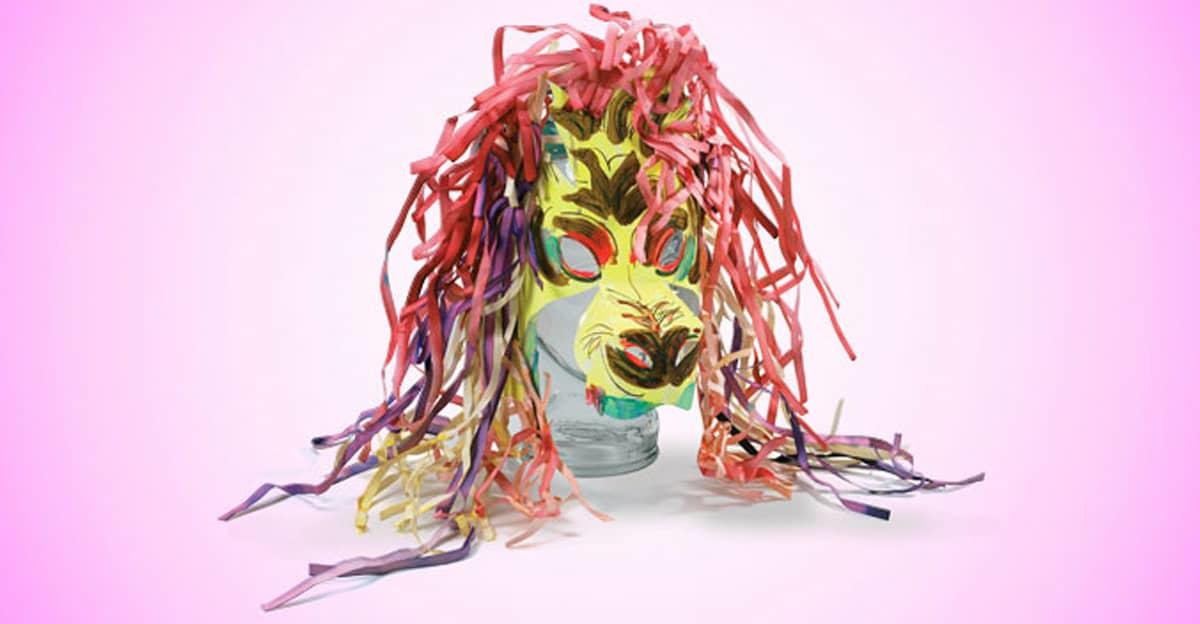
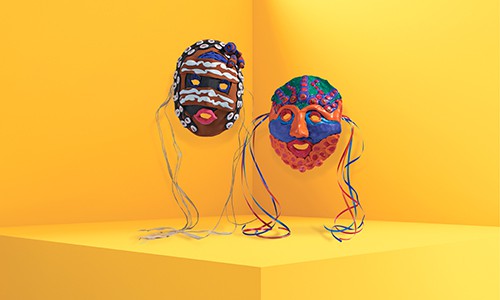
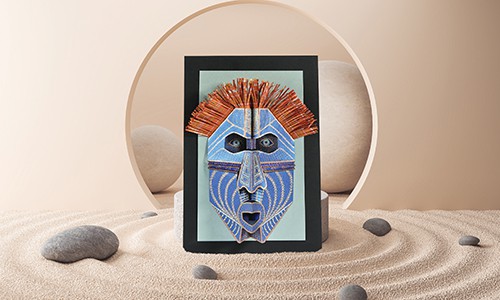



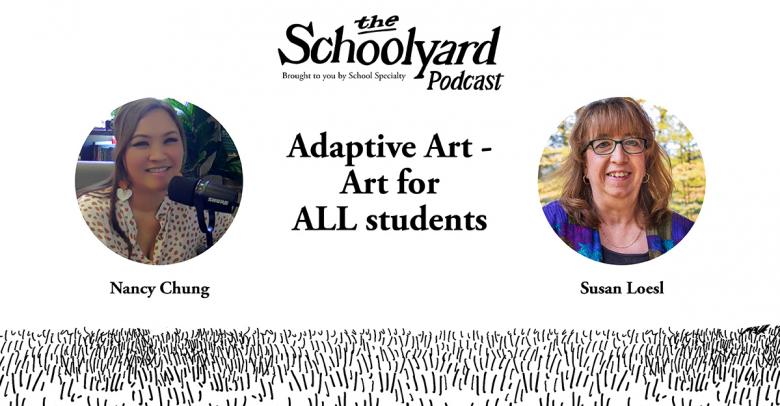
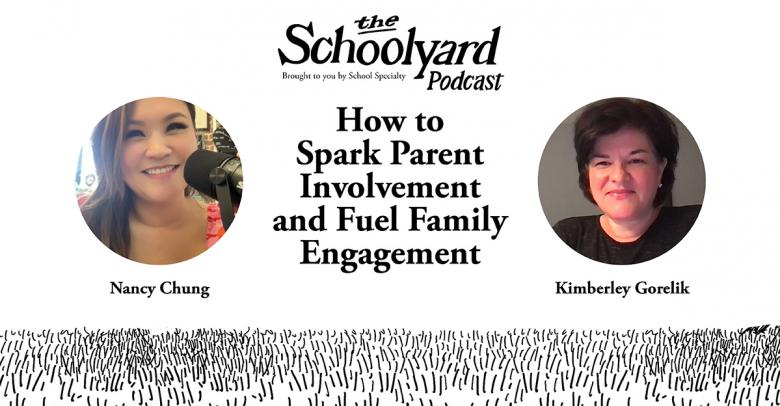

Leave a Reply